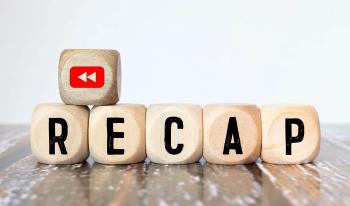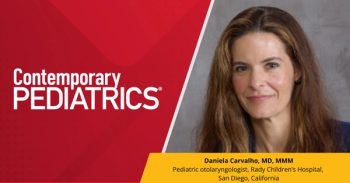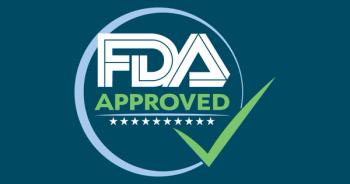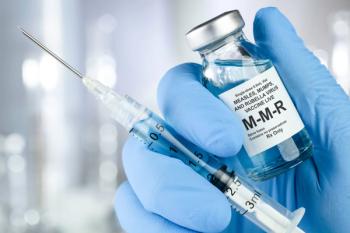
Adolescents: Medical use for prescription stimulants increase, nonmedical use decreases
Findings may help guide clinicians and policymakers in balancing the risks and benefits of stimulant prescribing in adolescent populations, according to the study authors.
Between 2005 and 2023, medical use of prescription stimulants among US adolescents increased modestly, while nonmedical use steadily declined, according to new findings from the Monitoring the Future study. The nationally representative data, published in JAMA Network Open, examined stimulant use patterns across 19 independent cohorts of eighth-, tenth-, and twelfth-grade students.
Researchers analyzed data from 259,623 adolescents, with a mean age of 16 years. The results showed that while lifetime and current medical use of prescription stimulants for attention-deficit/hyperactivity disorder (ADHD) peaked in 2022, lifetime nonmedical use reached its lowest level in 2023. Over the study period, the prevalence of nonmedical stimulant use decreased significantly. Similarly, the percentage of adolescents who reported both medical and nonmedical use declined.
The study defines medical use as use of prescription stimulants under a physician’s supervision, excluding nonstimulant ADHD medications. Nonmedical use was defined as using prescription stimulants without a doctor's direction, assessed by both lifetime and current (past 30 days) use. Participants were asked to exclude non-ADHD stimulant use, and covariates such as sex, race and ethnicity, parental education, grade level, and geographic region were controlled for in the analysis.
The increase in current medical use was statistically significant over time, although small in magnitude. Among those currently prescribed stimulants, most reported long-term use, with more than two-thirds having used the medication for three or more years.
Conversely, current nonmedical use fell to its lowest reported level in 2023. This shift was most notable among older adolescents, particularly twelfth graders, who initially reported the highest levels of nonmedical use but also experienced the greatest declines over time. Medical use also increased more significantly in twelfth grade students compared with eighth graders.
“These findings suggest that although there are ongoing increases in stimulant prescribing among youth, there has not been a parallel rise in misuse,” the authors wrote. “This is particularly relevant given concerns about peer-to-peer diversion and the broader implications for adolescent substance use risk.”
The study authors also noted that lifetime nonmedical use initially exceeded medical use in early cohort years but has now reversed—a shift that coincided with broader public health changes during the COVID-19 pandemic, including school closures and reduced in-person social interaction.
While the study offers reassurance that increased prescribing has not fueled wider misuse among adolescents, the authors emphasized the need for continued monitoring. “Despite concerns about increased stimulant prescribing, findings indicate no associated increase in nonmedical prescription stimulant use at this time, although longitudinal research and continued monitoring is necessary,” the study concluded.
Findings may help guide clinicians and policymakers in balancing the risks and benefits of stimulant prescribing in adolescent populations, according to the study authors. As prescription stimulant use for ADHD continues to grow, understanding shifting patterns in both medical and nonmedical use remains critical.
Reference:
McCabe SE, Wilens TE, Pasman E, et al. Trends in Medical and Nonmedical Use of Prescription Stimulants Among US Adolescents. JAMA. Published online July 29, 2025. doi:10.1001/jama.2025.11260
Newsletter
Access practical, evidence-based guidance to support better care for our youngest patients. Join our email list for the latest clinical updates.








